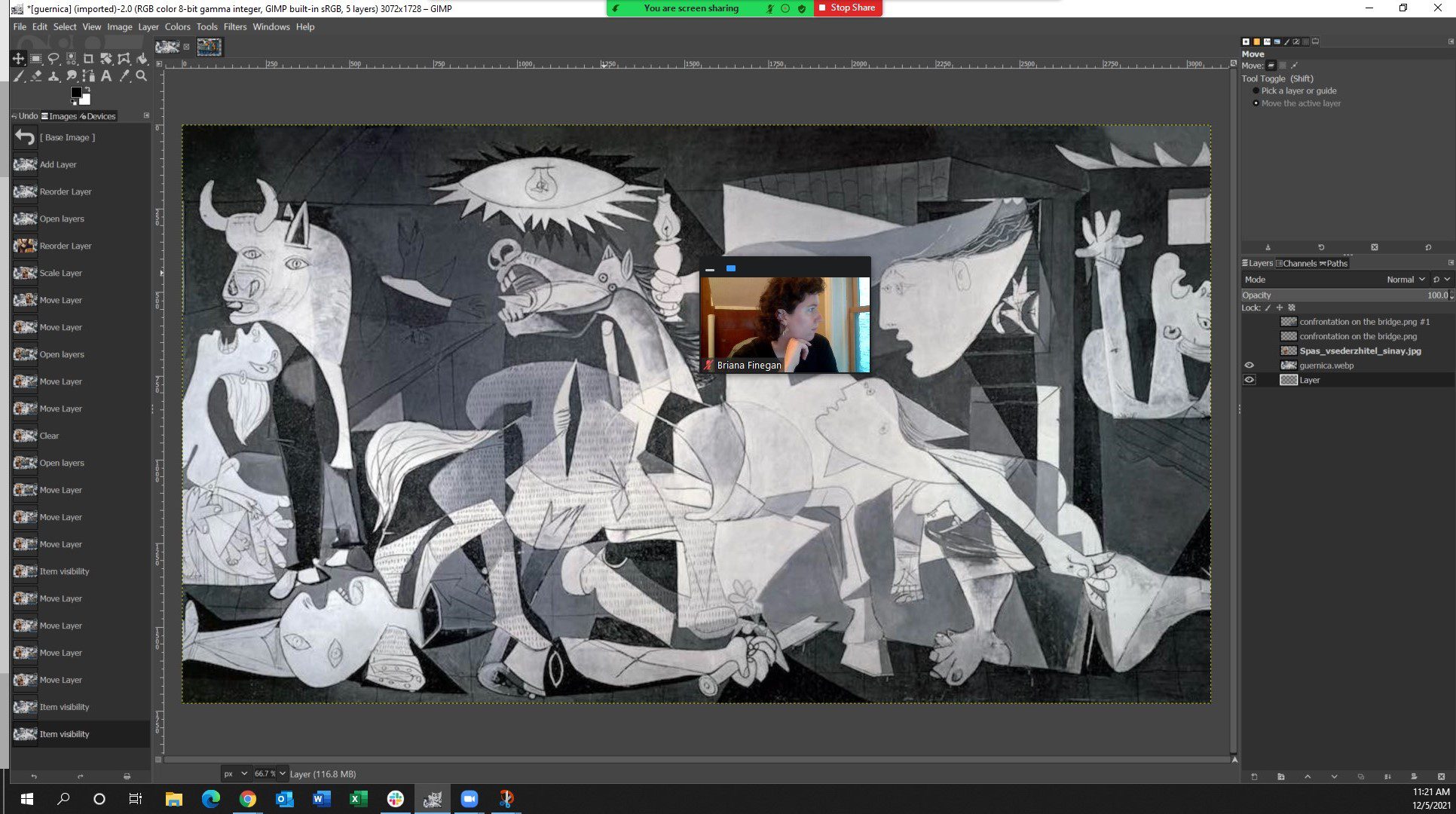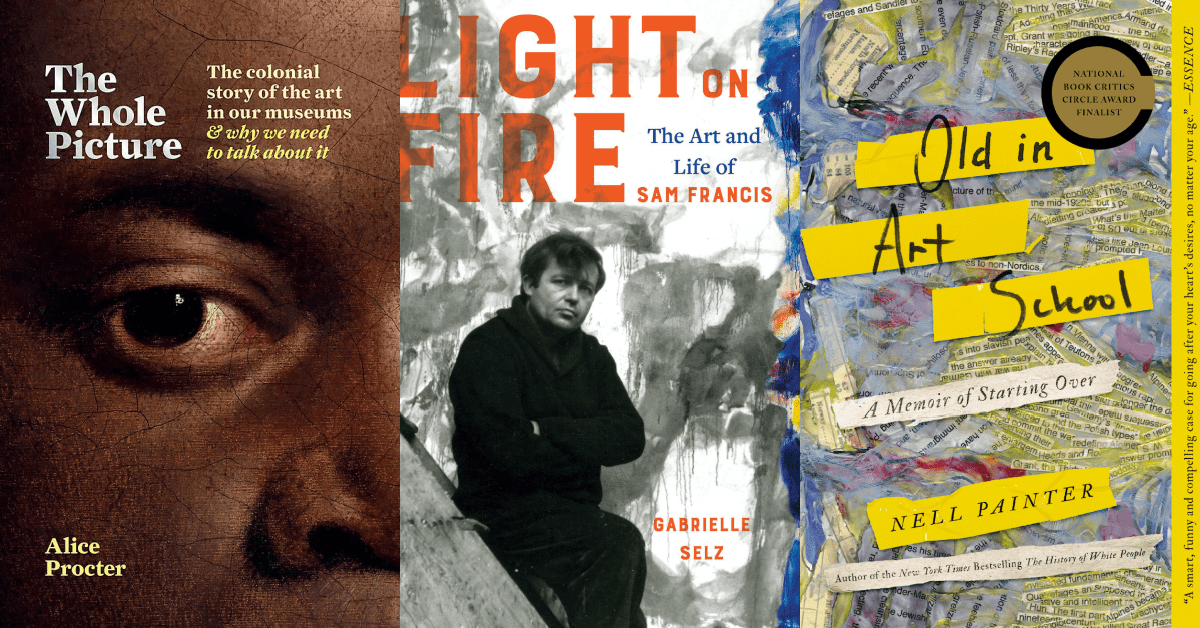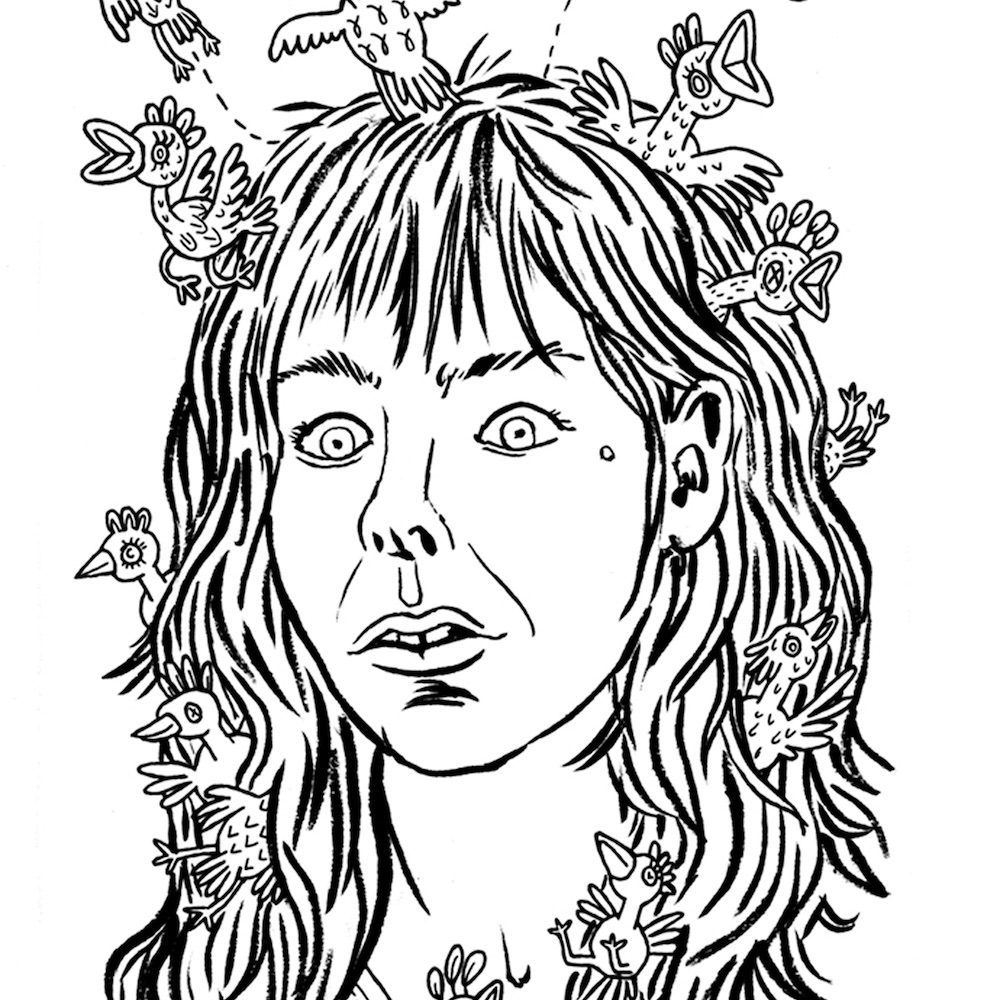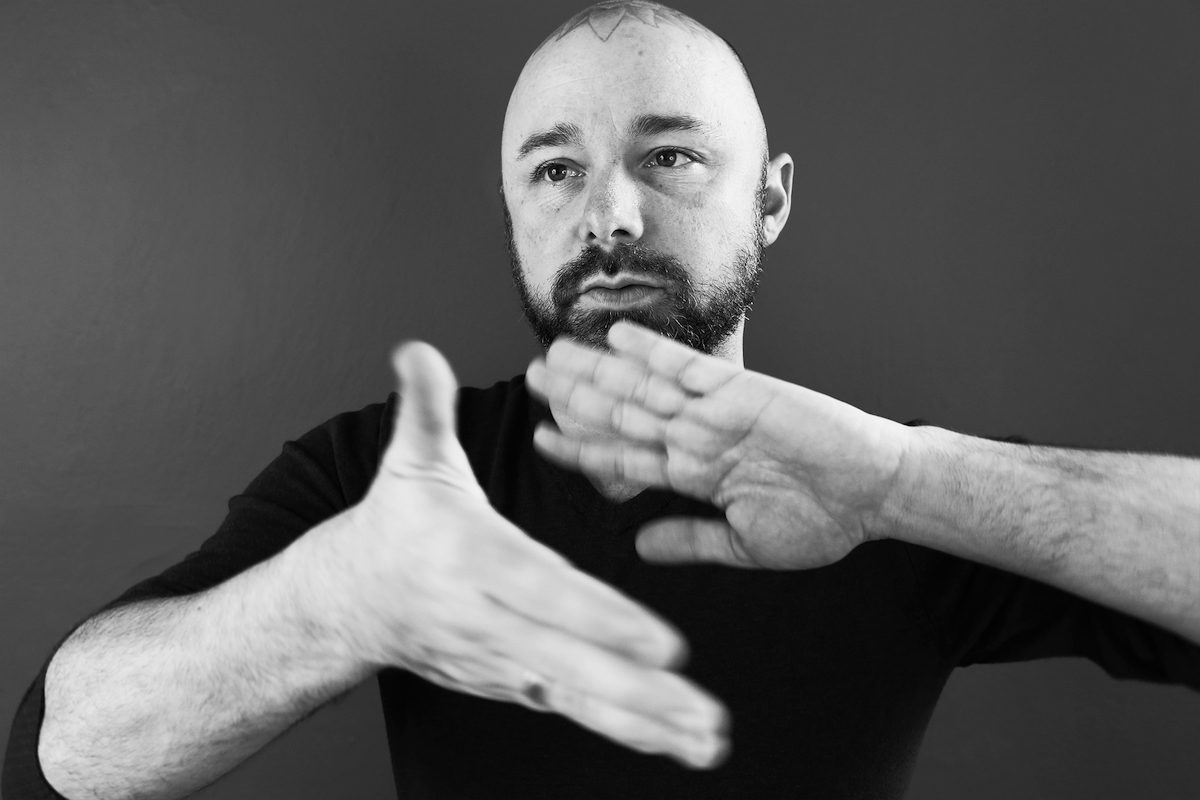Louise Bourgeois is the rare artist whose orbit intersects with many big thinkers and personalities of the last century, while always remaining relevant and enduring. Not bad for ninety-seven.
I love the way she hones her images and takes them into new psychological spaces, and even the way her voice sounds when she speaks. On June 25th, 1984 she wrote:
Scheherazade talked to ward off castration (assassination). She talks as a last defense. It is a pretty miserable motive, useless and dangerous, silence is wonderful.
Bourgeois invokes the futility of warding off death through words, telling stories to counteract mortality, to save our necks. Desperate. We spin yarns to exercise our virility, explain away the inevitable, filling up space to distance ourselves from demise. For Bourgeois, silence is wonderful; a place of centered truth, but art has the luxury of sitting back, composed and silent. It is defensible and a place of strength.
Can writers speak to this silence with image’s wordless authority? How does it translate—or is all writing a reactive ploy for immortality? Are words a battle, tricks to postpone verdict? Scheherazade attempts to stave off assassination, but writing also seeks to understand, not just persuade. How do we learn to speak to king Shahryar in our own thousand and one Arabian nights—in the face of mortality, where words transform into honed images, not desperate gestures shooing off the unavoidable for another day? Here, the silence of truth, where all silence hums—but so quiet the ear can’t always perceive it. Words are objects that poise before us like immense spiders, unlike the fearful clutter filling rooms and days, but spreading out, open, and true, unlocking new worlds.




